SAMPLES
 Receive your sample
Receive your sample
 Receive your sample
Receive your sample
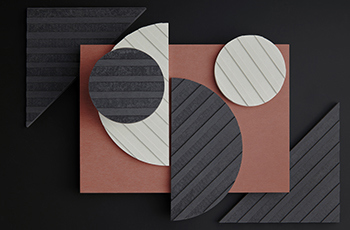 Know more
Know more
 Read now
Read now
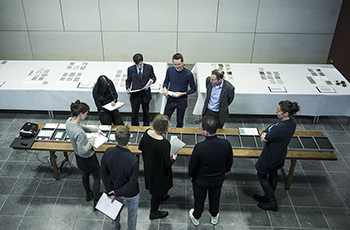 Request a CPD
Request a CPD
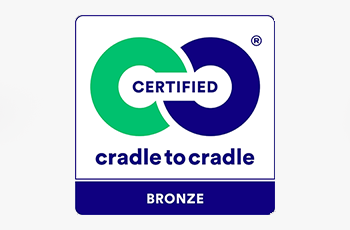 Find out more
Find out more
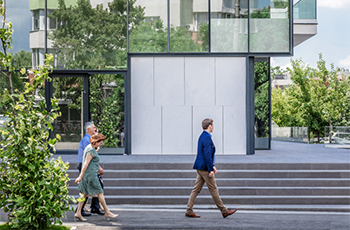 Contact us
Contact us
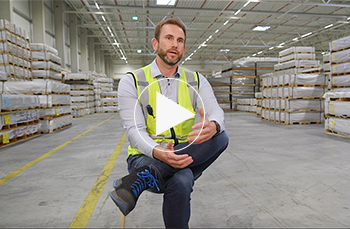 Watch now
Watch now
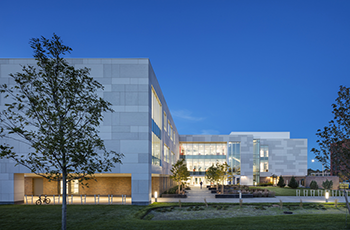 Know more
Know more
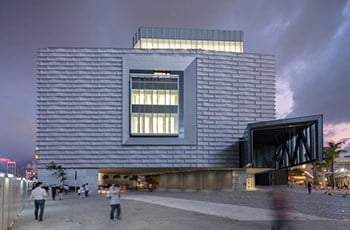 Know more
Know more
The second instalment of New Horizon_architecture from Ireland, supported by the year-long, government-backed ID2015 programme, opened at the Chicago Design Museum during the Chicago Architecture Biennale 2015, the largest architectural event there since the 1893 World’s Columbian Exposition. Ireland’s presentation featured work from three Dublin-based practices – A2 Architects, GKMP and Ryan W Kennihan. We spoke to Ryan Kennihan, a Chicagoan settled in Ireland since 2002 and the inaugural winner of the RIAI’s Best Emerging Practice award, about a farmhouse he designed in the Gaeltacht on the shores of Lough Corrib.
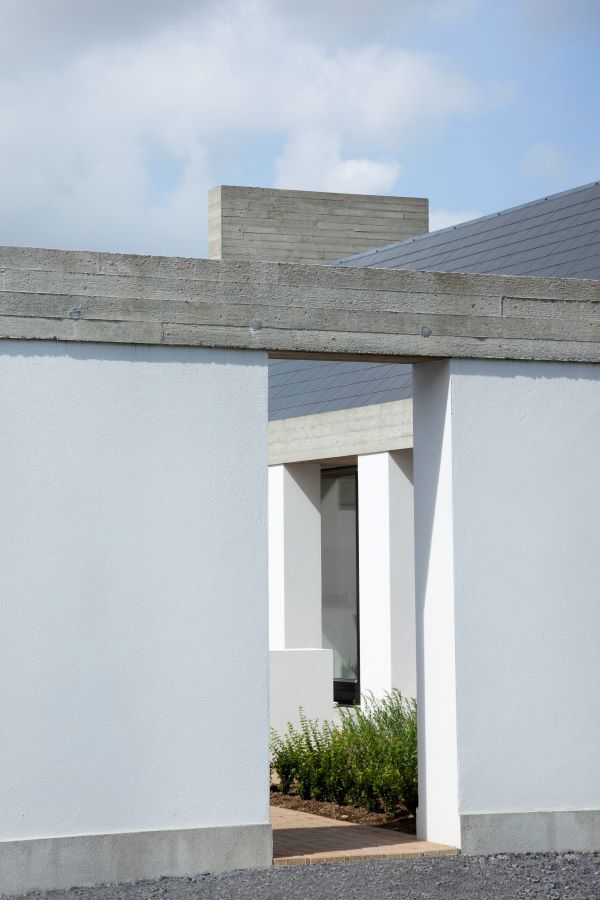
The Leagaun House, an architectural critique of the typical one-off house in the Irish countryside, offers an important model for a more subtle reading of local vernacular contexts and how contemporary residential architecture can benefit by building upon the traditions of the land. As English critic Justin McGuirk put it when judging the AAI Awards in 2013: “It’s muscular, elemental, a wonderful reinvention of a traditional farmhouse.”
“Our client was a retired school principal who, having moved away during her working life, wished to retire to the farm in Leagaun where she had grown up in a farmhouse of the middle size,” says Ryan Kennihan. But the character of the area had been progressively changed in the interim by modern bungalows. “She wanted from us not to get what was happening everywhere else around,” he says.
“She pointed out local features, including the family’s old south-facing, three-sided farmyard,” he says. “I was interested in this courtyard idea as a formal and organisational strategy. But more than that, as a response to the environment, providing shelter from the wind, and also the construction methods available there. The walls of the tin-roofed sheds were built of standard rubble, and somebody had poured a cap of concrete on top to hold it all together.” Another partially broken-down wall had been repaired in mid-century by lifts of rough, dribbley concrete, each about 300mm deep, poured day after day. And there were also the remains of a local handball alley nearby.
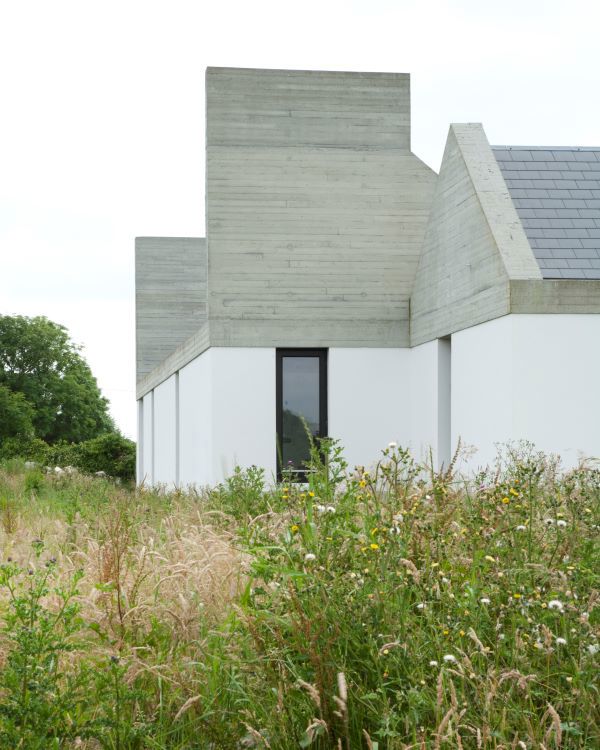
“We just took the single-storey form of the farmyard,” he says, acknowledging that he was also thinking of the courtyard houses of Eduardo Souto de Moura. “Then we considered how the house would be made, seeking a deep link to the building culture there.” All of the builders were local, coordinated by the client’s brother as main contractor. “We wanted to bring out what they are good at, things that are inherent there, what materials are available to them, their knowledge base in terms of construction.
“The sheds were of rubble with concrete on top. So our ring beam binds it all together too. The timber roof just sits on top. The lime-washed blockwork walls are dumb in a way but the roof is very rich and articulated. Our thermally broken ring beam could do more than hold loose rubble together, so there are no collar ties on the rafters, which are unbraced, as the ring beam absorbs the thrust. It also collects and channels the rainwater. We wanted to pour the concrete in lifts, like the old walls, but our engineer said no, that we wouldn’t be able to control cracking. So I just gave the dimensions of the board marks and left it pretty loose. The joint lines are rough – there are splinters in them from the rough-cut boards.
“The crisp form of the gables is important, however. The contour profile, how it meets the sky. That needed to be really crisp and ordered, where the rest is rough. Even if the budget permitted, I wouldn’t have used natural slates. Fibre cement suits the outline of the form and makes it sharp, knife-edged,” he says.
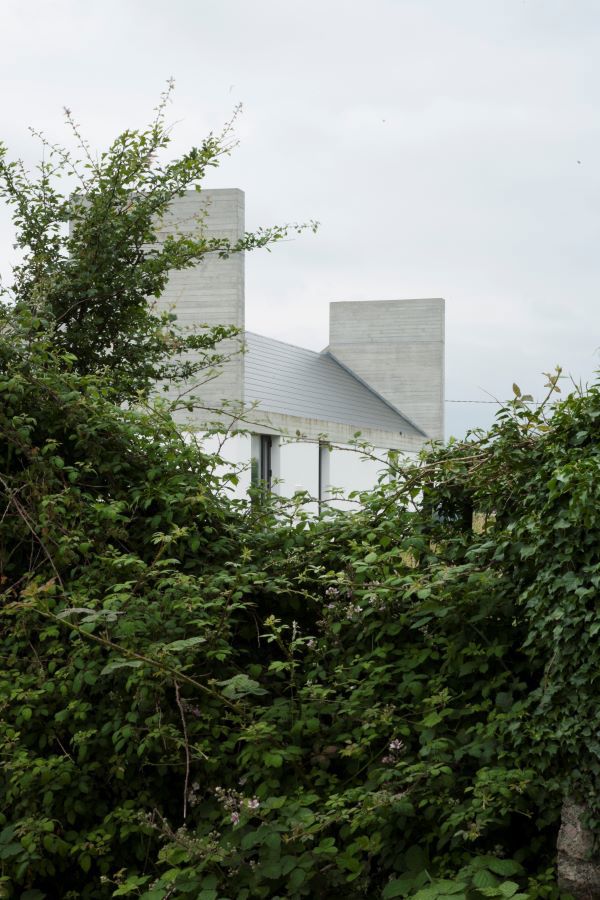
“I was interested in the idea of making something striking. One way, within a familiar language, is to put weight or height on the corner.” From the courtyard the concrete forms look demure. From outside, however, the striking fins of gables and chimneys look positively stately, with some echoes of the nearby handball alley (while simultaneously, in one of the photographs, there is even a hint of the exoticism of Luis Barragán’s majestic equine villas). “That’s the point of engaging with the local building culture,” says Kennihan, “to draw these kinds of things out. The reverberations exist not where you planned it. You arrive at something not ordinary but somehow still familiar, ultra-modern but yet something that could always have been there.
“Inside the walls is a refined, crisp zone, a sort of order in the wild,” he says. Metaphorically, the courtyard lawn replaces the farmyard of yore, the surrounding wild meadows the farm of his client’s childhood. The Leagaun House walks a fine line between informal architecture and the formal – the Palladian influence on Georgian country houses or the formality of two-storey cottages, symmetrically fronted and with tall windows and a cornice, for example. “It’s not the same as the humble vernacular,” he says. “It’s aspiring to high architecture. The colonnade blows that line of the humble vernacular. When the glass wall is opened up, the threshold is beyond. It makes for a deep shadow, a deeper connection with the outside.”
As the architect’s website puts it, by conversing with familiar types in this way, one can create an affecting architecture without the need for spectacle, allowing buildings to participate in a cultural continuity, expanding upon, and engaging in discourse with, the existing fabric rather than insistently standing apart from it.
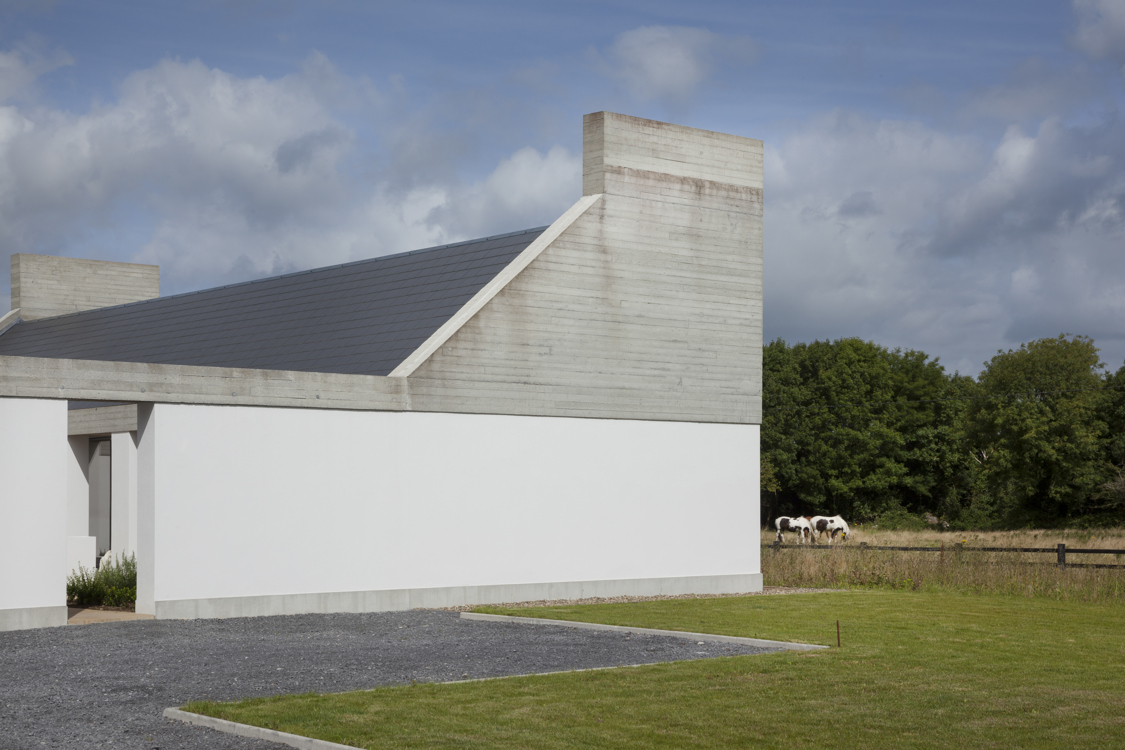
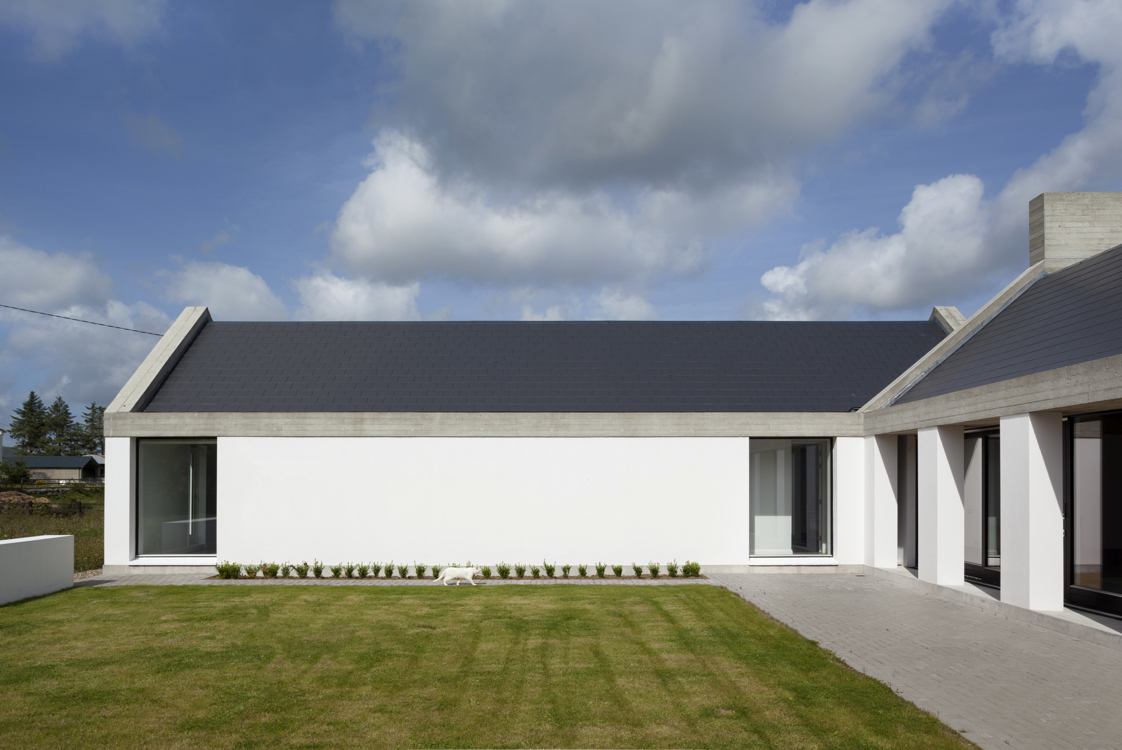
Architect: Ryan W Kennihan 2010–2013
Location: Moycullen, Co. Galway
Photography: Copyright Alice Clancy courtesy of Ryan W Kennihan
Curated By: Shane O'Toole
Feeling inspired? You can enjoy more Building of Month articles curated by Shane O'Toole by clicking below.